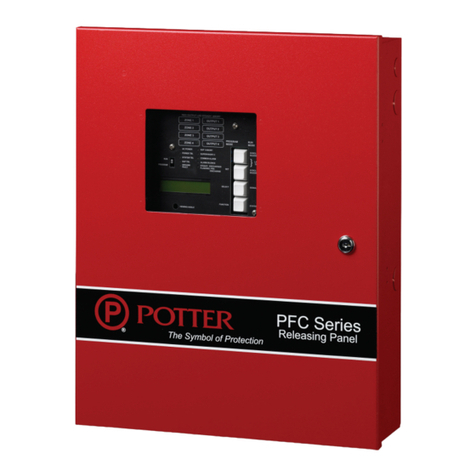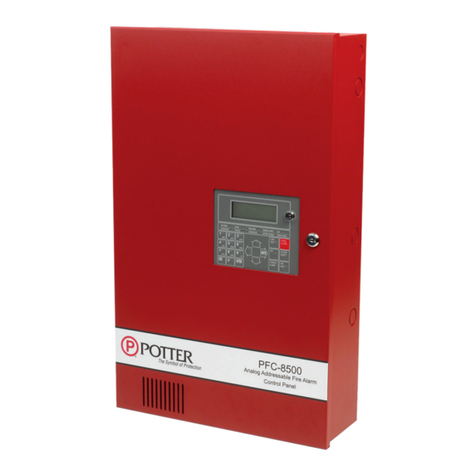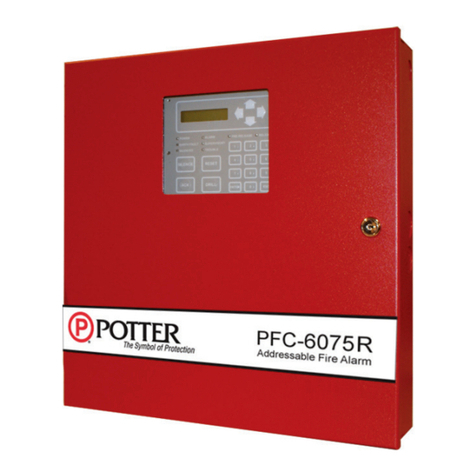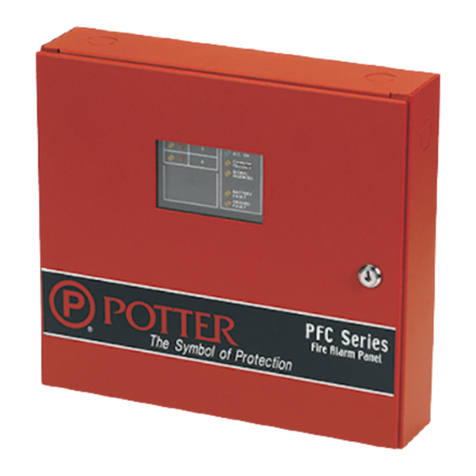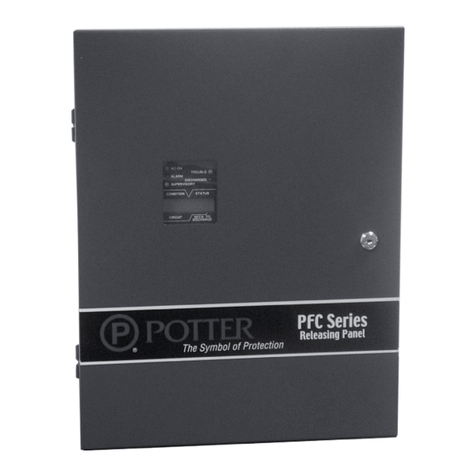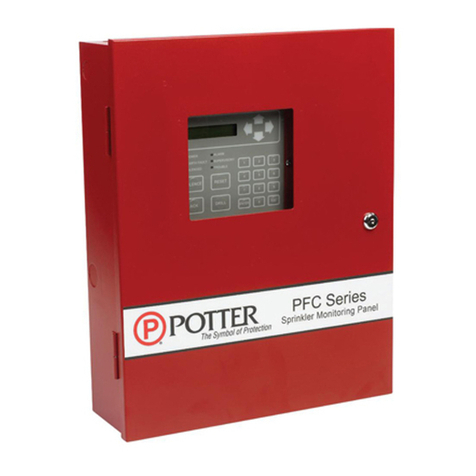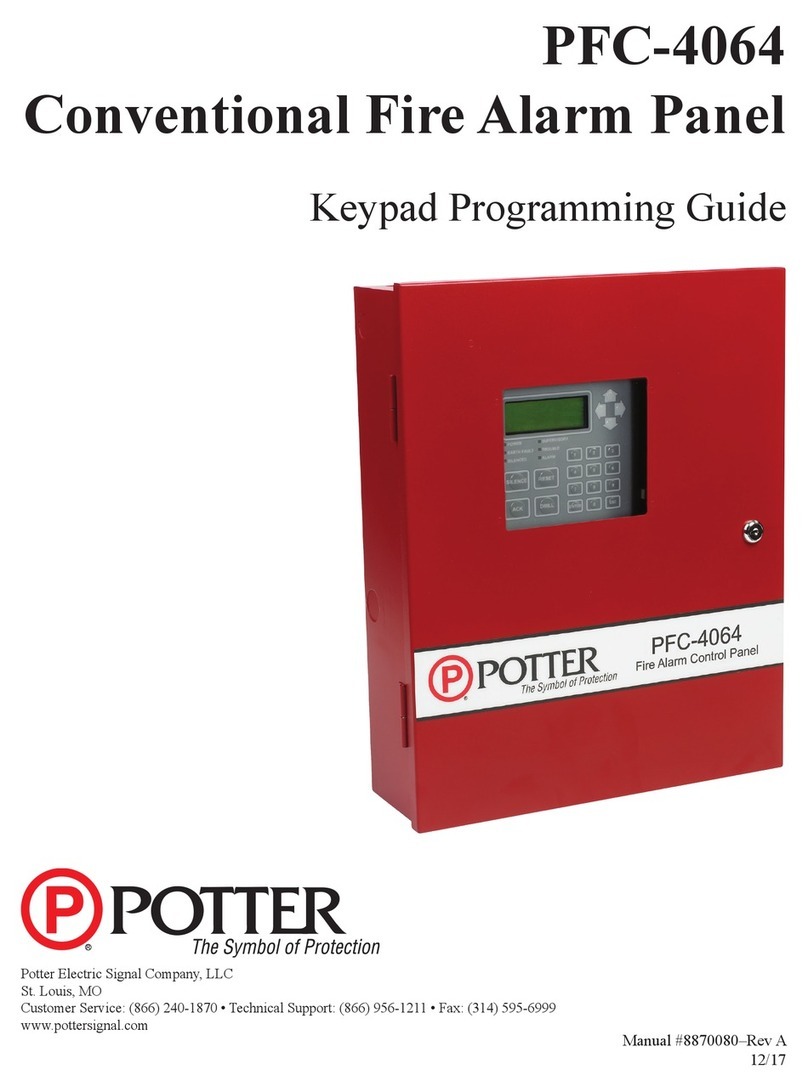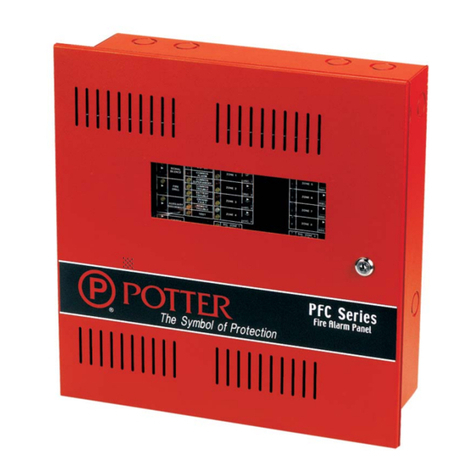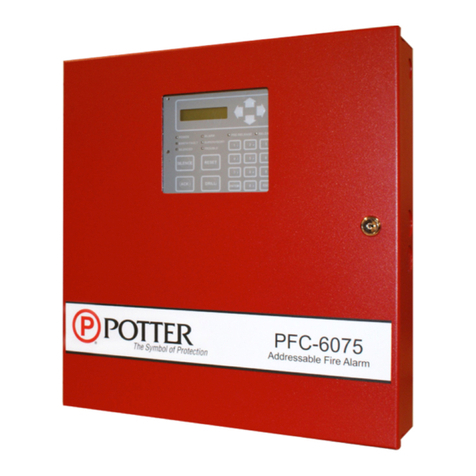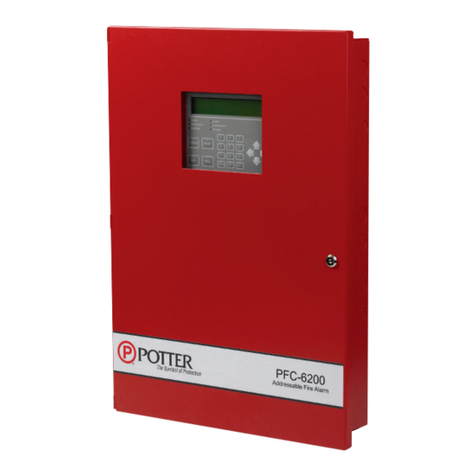
3
PFC-100RC • 5403524-REV M • 3/03
Contents
General Description ............................................................................................................................................................................ 4
System Features ................................................................................................................................................................................... 4
Ordering Information .......................................................................................................................................................................... 4
Specifications ...................................................................................................................................................................................... 5
Housing ........................................................................................................................................................................................ 5
Power ............................................................................................................................................................................................ 5
Termination .................................................................................................................................................................................. 5
Temperature Range ...................................................................................................................................................................... 5
Approvals and Listings ................................................................................................................................................................ 5
Service Use................................................................................................................................................................................... 5
Visual Indicators .......................................................................................................................................................................... 5
Diagnostic Indicators ................................................................................................................................................................... 5
Initiating Device Circuit ............................................................................................................................................................... 6
Dry Contact Initiating Device Circuit .......................................................................................................................................... 6
Supervisory Circuit ...................................................................................................................................................................... 6
Indicating Appliance Circuit ........................................................................................................................................................ 6
Releasing Circuit .......................................................................................................................................................................... 6
Audible Indicator ......................................................................................................................................................................... 6
Control Switches .......................................................................................................................................................................... 6
Auxiliary Power Outputs .............................................................................................................................................................. 7
Auxiliary Contact Outputs ........................................................................................................................................................... 7
Basic Operation ................................................................................................................................................................................... 7
Alarm Condition ........................................................................................................................................................................... 7
Supervisory Condition ................................................................................................................................................................. 7
Trouble Conditions ...................................................................................................................................................................... 7
System Trouble Indications ......................................................................................................................................................... 7
To Silence an Alarm or Trouble Condition ................................................................................................................................. 8
To Reset an Alarm Condition ...................................................................................................................................................... 8
Selecting Style D (Class A) or Style B (Class B) Initiating Device Circuit Operation ...................................................................... 8
Selecting Releasing Circuit Time Delay ............................................................................................................................................. 8
Selecting Trouble Relays following Trouble Buzzer.......................................................................................................................... 8
Selecting Releasing Time .................................................................................................................................................................... 8
Selecting Local Buzzer to Sound Under Alarm Conditions ............................................................................................................... 8
Installation ........................................................................................................................................................................................... 9
Installation of Bezel for Semi-flush Installations ............................................................................................................................... 9
Circuit Breakers ................................................................................................................................................................................. 10
Resetting Circuit Breakers ................................................................................................................................................................ 10
Inactive Circuits ................................................................................................................................................................................ 10
Battery Requirements ........................................................................................................................................................................ 10
Battery Size Requirements ................................................................................................................................................................ 10
Table 1, Current Requirements ......................................................................................................................................................... 11
Table 2, Secondary Power Supply Requirements ............................................................................................................................. 11
Table 3, Battery Calculation Table ................................................................................................................................................... 11
Test Procedure ................................................................................................................................................................................... 12
Connection Drawing for PFC-100RC (Identifier "A") ..................................................................................................................... 13
Location Drawing of Diagnostic LEDs and Jumpers on Main Circuit Board Module .................................................................... 14
Front Panel ........................................................................................................................................................................................ 15
Typical 4-Wire Detector Connection Drawing ................................................................................................................................. 15
Typical 2-Wire Detector Connection Drawing ................................................................................................................................. 16
2-Wire Smoke Detector Compatibility Data ..................................................................................................................................... 17
Automatic Water Control Valves Compatibility Data ...................................................................................................................... 18
Fixed Extinguishing Systems Compatibility Data ............................................................................................................................ 18
Alarm Indicating Appliance Compatibility Data .............................................................................................................................. 18
Wire Routing for PFC-100RC .......................................................................................................................................................... 19
